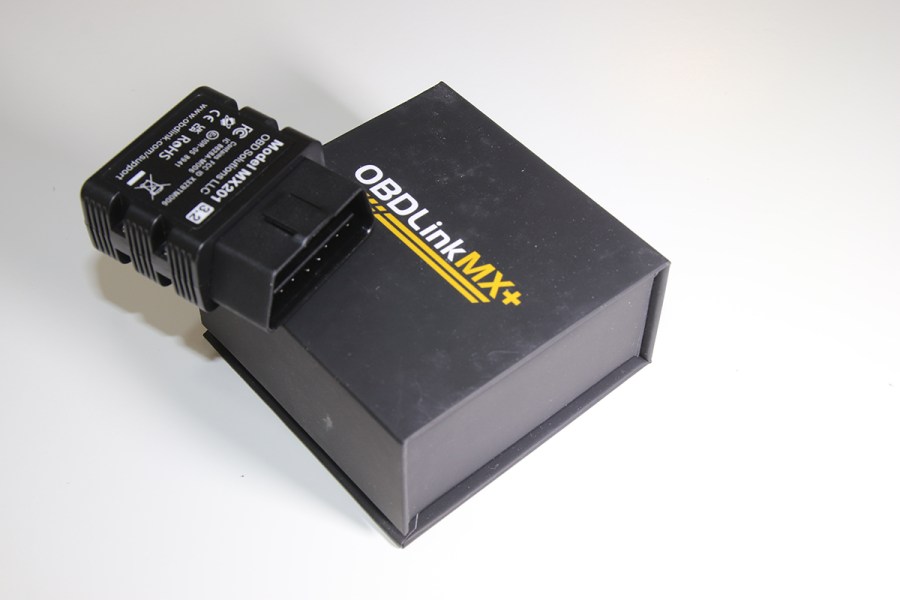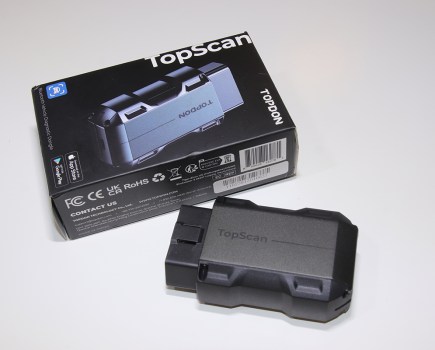US-based OBDLink sells a range of five scanners. Three of them are Bluetooth connected. The other two have a comms lead and all of them are OBD2 scanners. According to OBDLink’s website, the company have thought of everything to do with scanners and compatible software. They clearly know their diagnostics.
This OBDLink MX+ model is their top-of-the-range scanner. It can work on an iPhone with iOS 9 or later, an Android phone (4.4 or later), a Windows 8 phone (or later model) and an Amazon Kindle Fire. There’s also lots of third-party software available to use with this scanner.
So can it delve deep into a car’s ECU? Let’s find out.
RRP: From $139.95 Buy / £129.95 Buy.
How I tested the OBDLink MX+
I had already tested the entry-level OBDLink CX [add link please Matt]. This top-of-the-range MX+ version promises more features through the free dedicated app. Plus, it can be used with a wide range of third-party apps, such as FORScan, BimmerCode, MotoScan, OBD Fusion and OBD JScan. I was prepared to be overwhelmed.
I also had a couple of cars to plug the OBDLink MX+ into. One of them, a 2006 Ford Focus, had a dodgy passenger window that wouldn’t wind up. Could it be recalibrated? Another, a 2005 Audi A3, had a parking sensor problem. Could the MX+ identify this?
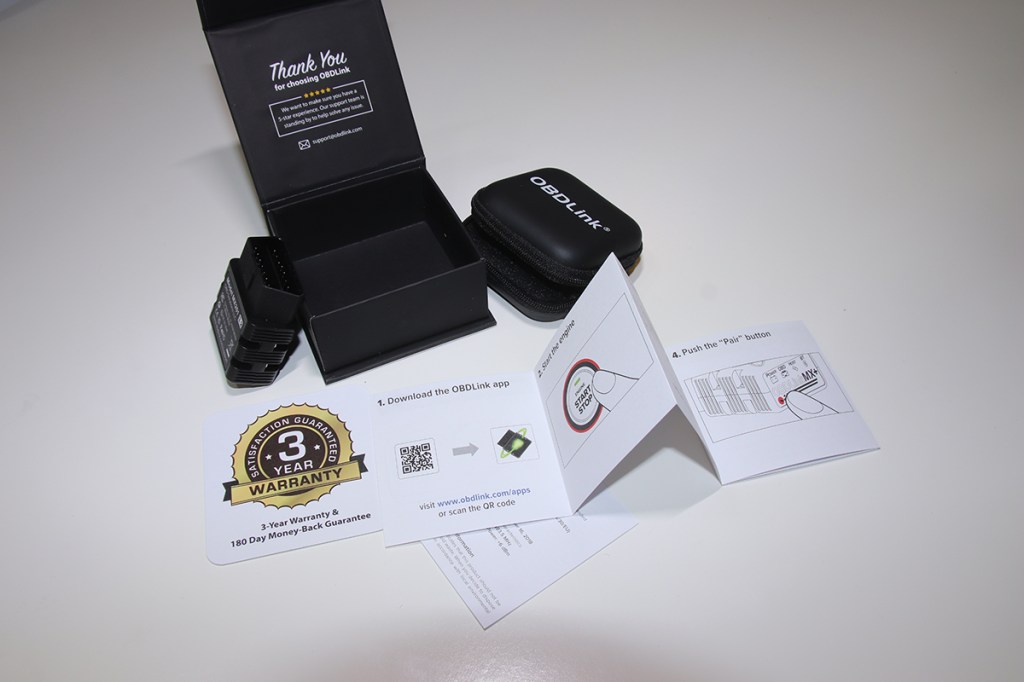
Using the OBDLink MX+
What’s in the box?
The OPDLink MX+ is supplied in a small, rugged box that’s about three inches wide and long and a little over one inch deep. It even has a magnetic lock on its lid. Inside, the MX+ scanner is contained in a neat-looking zipped pouch, which can be stored inside a car. I also found a warranty card (three years) and a small user guide with clear instructions in English.
OBDLink is keen to show it values its customers. Inside the lid of the box, there’s a thank you message and email address for the support team. The warranty card states it’s three years long. Plus, there’s a 180-day money-back guarantee. The user manual asks for reviews if you like the product and suggests contacting OBDLink if you don’t. Plus, once you have registered MX+, an email is sent with more information on using it. There’s even a link to a YouTube video showing a customer using the MX+ with his Ford Mustang.
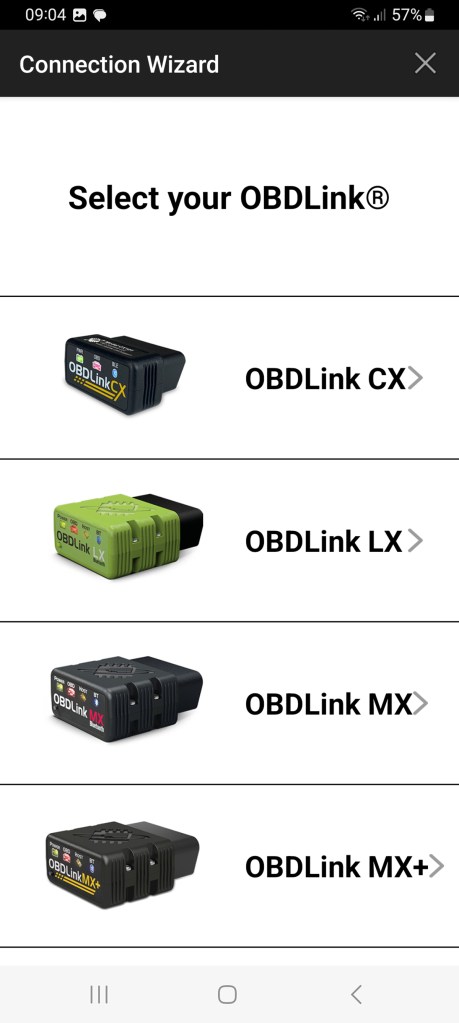
Downloading the OBDLink app
Using your phone, simply scan the QR code in the user guide and the app will install and open. A quick registration process takes less than a minute to complete. Then you’re ready to go and can choose any of the OBDLink products to connect to (the same app works with all of them).
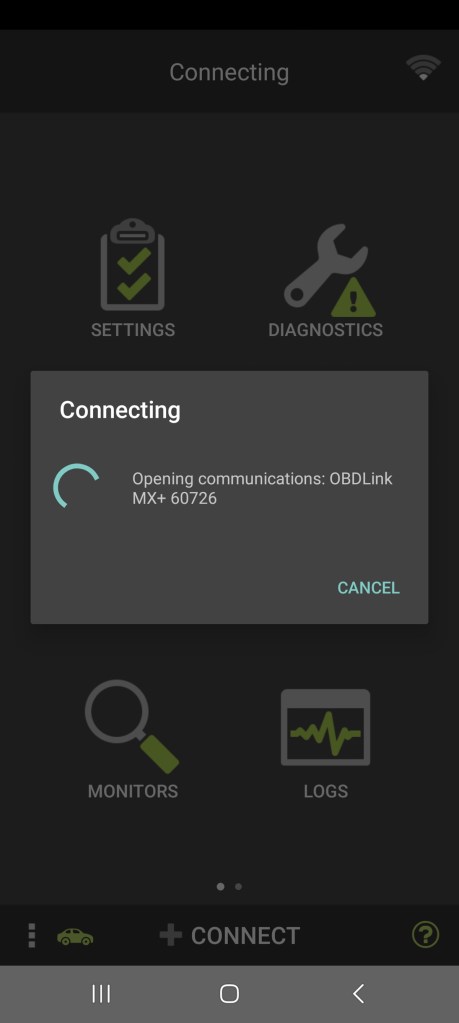
Connecting app and OBDLink MX+ scanner
The user manual instructs you to start the engine, then plug in the OBDLink MX+ into the OBDII port. This had me worried. Most scanners need to be plugged in, the ignition switched on but the engine not started. I followed the instructions with my fingers crossed. It all worked fine and I opened the app. However, I did email the support team at OBDLink to check this, especially for using the Map function where the device needs to remain fitted. They quickly responded to confirm the device can remain connected whilst driving.
Connection was straightforward and because I was also testing the CX scanner, I could flip between the two. A small button on the front of the scanner helped to send a signal from it to connect to the app. It worked every time.

Using the app
With no instructions in the small user manual for using the app, it’s soon apparent why. It’s so utterly simple to use. The two main menu screens have seven simple options. The one I was most interested in was diagnostics. After choosing it, I was instructed to switch off the engine, but leave the ignition on. This I did without any fuss on several occasions. The diagnostics were quickly checked, but nothing was listed on the Audi A3 with its parking sensor problem. No EML had been raised, so perhaps it couldn’t be identified. Instead, I looked at the enhanced features to dig deeper. Still nothing.
The Dashboard feature is impressive. It displays live data readings for engine rpm, speed, coolant temperature and several others. Some of this data can be displayed as a graph, which helps to analyze readings and engine behavior. Combine this with the Map function and a journey can be analyzed to report on fuel consumption, speed and engine parameters. So you can work out if an engine is running too hot, using too much fuel or the car is being driven too fast.
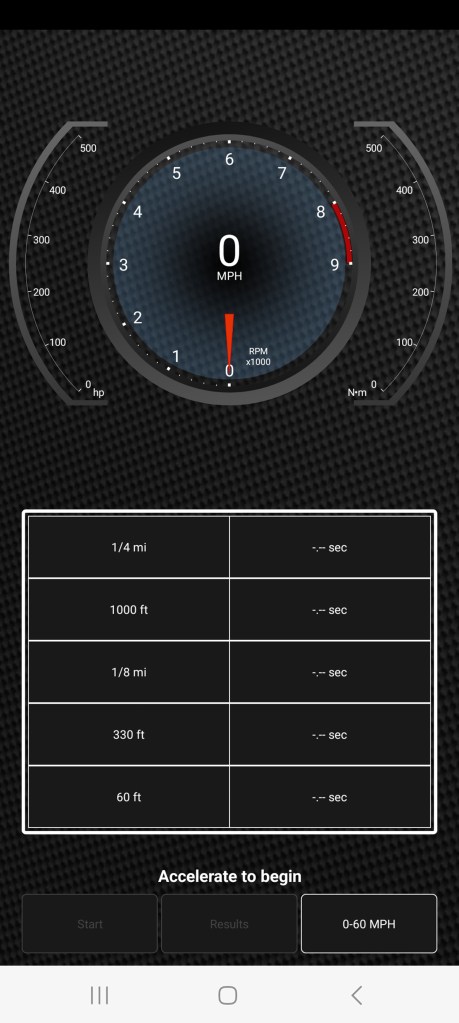
OBDLink MX+ verdict
For $40 more than the entry-level CX, the top-of-the-range MX+ isn’t overly expensive. Its enhanced diagnostics may come in useful, along with its ability to communicate with CAN systems (SW-CAN and MS-CAN). Plus, it can be used with a wide range of third-party apps. And its live data and data logging features are impressive.
Be sure to check out our guide to the best Bluetooth OBD2 scanners.

